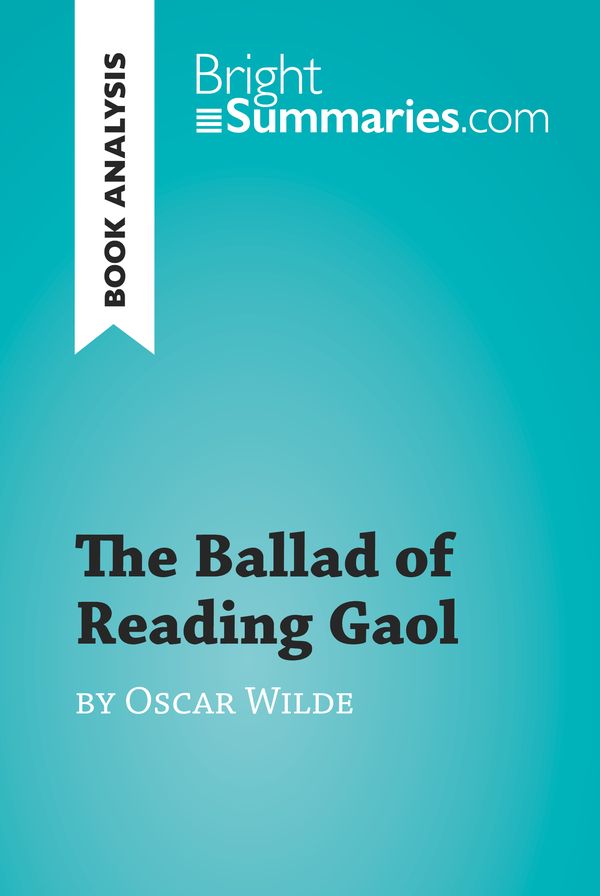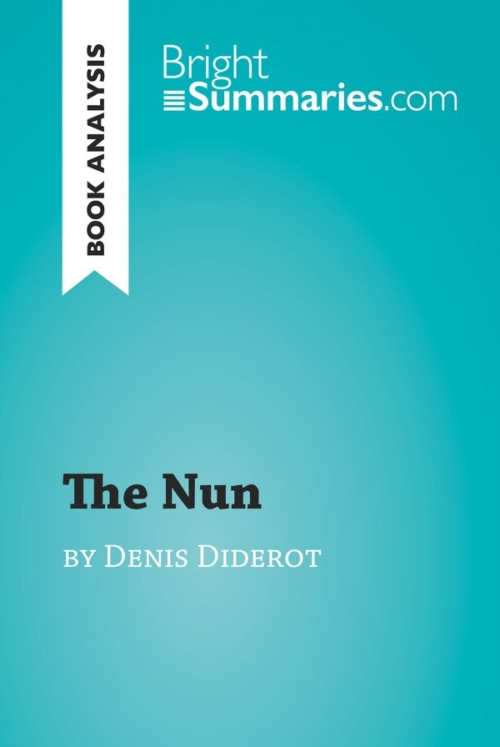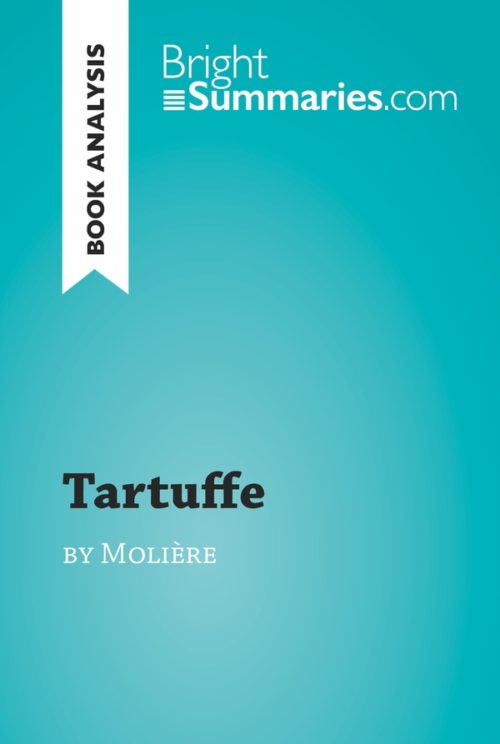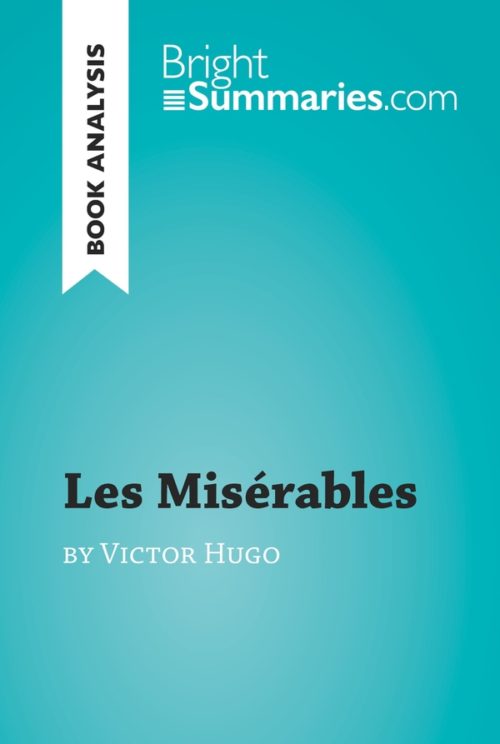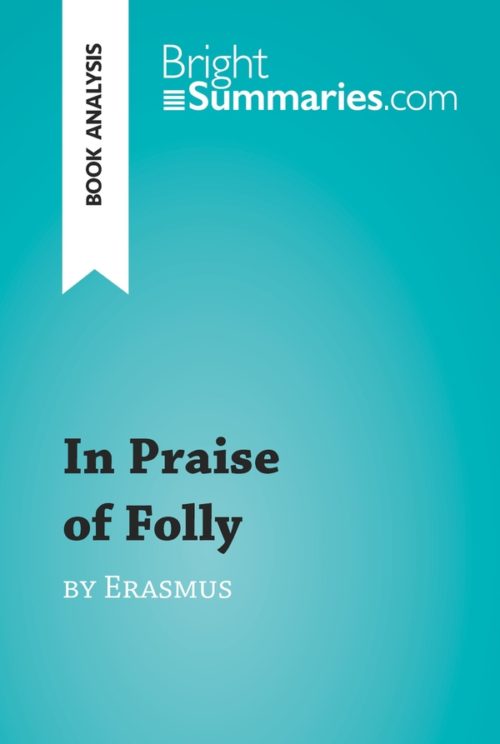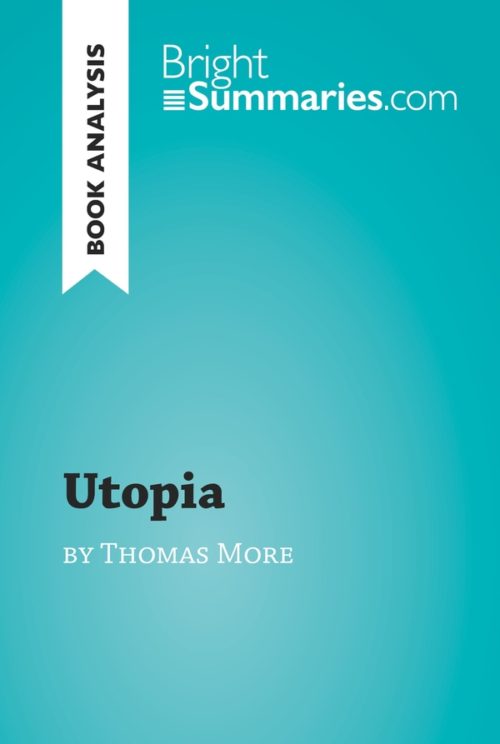The Ballad of Reading Gaol by Oscar Wilde (Book Analysis)
The Ballad of Reading Gaol by Oscar Wilde (Book Analysis)
Detailed Summary, Analysis and Reading Guide
Read more
This practical and insightful reading guide offers a complete summary and analysis of The Ballad of Reading Gaol by Oscar Wilde. It provides a thorough exploration of the poem’s plot, characters and main themes, including the poem’s use of religious imagery and its political connotations. The clear and concise style makes for easy understanding, providing the perfect opportunity to improve your literary knowledge in no time.
This clear and detailed 54-page reading guide is structured as follows:
- Biography of Oscar Wilde
- Presentation of The Ballad of Reading Gaol
- Summary of The Ballad of Reading Gaol
- Character study
- The Narrator
- The Soldier
- The Warder
- The Chaplain
- The Governor
- Analysis of The Ballad of Reading Gaol
- Religion and religious imagery
- The function of form: why Wilde chose a ballad
- Text in context: the late Victorian penal system
About The Ballad of Reading Gaol
The Ballad of Reading Gaol was one of the last works written by Oscar Wilde, and was inspired by his own two-year stint in Reading Gaol after being convicted of gross indecency. The poem is a scathing indictment of the late Victorian prison system, and differs drastically in tone from Wilde’s earlier work, focusing more on its politically-charged message than aesthetic details and incorporating somber religious imagery rather than Wilde’s quintessential sparkling wit. The poem was written during Wilde’s self-imposed exile in France after his release, and was originally published under the pseudonym ‘C.3.3.’ – Wilde’s cell number during his incarceration.
About Oscar Wilde
Oscar Wilde was one of the best-known writers of the 19th century, with works such as The Picture of Dorian Gray widely recognized as classics. He was a central figure of fashionable London society, known as much for his witticisms as for his writing. In spite of his apparent superficiality, he was an insightful critic and perceptive observer of human nature, as can be seen in his many works across a wide range of genres. However, his relationships with men scandalized his narrow-minded contemporaries, and after serving a two-year prison sentence, he died in poverty and obscurity in Paris in 1900.
Product details
| ISBN | 9782808017107 |
|---|---|
| Publisher | Plurilingua Publishing |
| Collection | Brightsummaries.com |
| Format | |
| Pages | 54 |
| File size | 2.2 MB |

